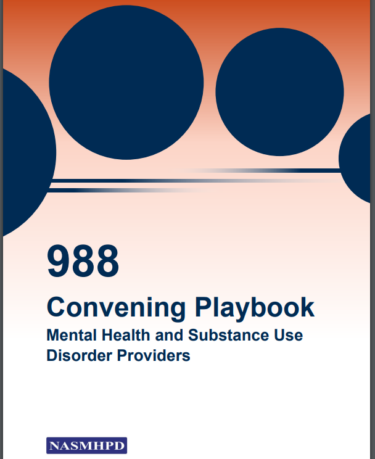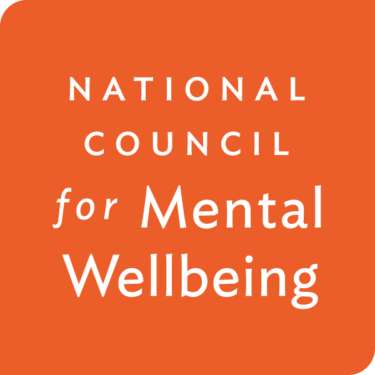Medication-Assisted Treatment (MAT) for Opioid Use Disorder in Jails and Prisons: A Planning and Implementation Toolkit
Download Temporarily Unavailable
People who have been incarcerated are approximately 100 times more likely to die by overdose in the first two weeks after their release than the general public. Despite high rates of opioid use disorder among justice-involved individuals, evidence-based medications exist and can be successfully implemented within jails and prisons.
To reduce risk of opioid overdose and recidivism and to better serve incarcerated individuals with opioid use disorder, the National Council, in partnership with Vital Strategies and faculty from Johns Hopkins University, developed a new resource guide titled: Medication-Assisted Treatment for Opioid Use Disorder in Jails and Prisons: A Planning and Implementation Toolkit.
What is in this toolkit?
This toolkit, supported by funding from the Centers for Disease Control and Prevention (CDC) and Bloomberg Philanthropies, provides correctional administrators and health care providers recommendations and tools for implementing medication-assisted treatment (MAT) in correctional settings and strategies for overcoming challenges. Informed by real-world practice, the toolkit provides examples from the field that can be widely applied and adapted.
Examples of some of the tools and resources found in the toolkit include:
- Guidance from relevant professional associations.
- Screening and assessment tools.
- Strategies to reduce medication diversion.
- A table to help estimate the total MAT patient population.
- A calculator to estimate the costs of providing buprenorphine.
- A flowchart on how to become an opioid treatment program.
- A list of no-cost training resources.
- Sample forms for patient information and consent.
- Sample policies and operating procedures.
- Sample monitoring and evaluation metrics.
This publication was made possible by grant number NU38OT000318 from the Centers for Disease Control and Prevention. Its contents are solely the responsibility of the authors and do not necessarily represent the official views of the Centers for Disease Control and Prevention.
If you are interested in learning more about this project, please contact Courtney Lovell at CourtneyL@TheNationalCouncil.org.


